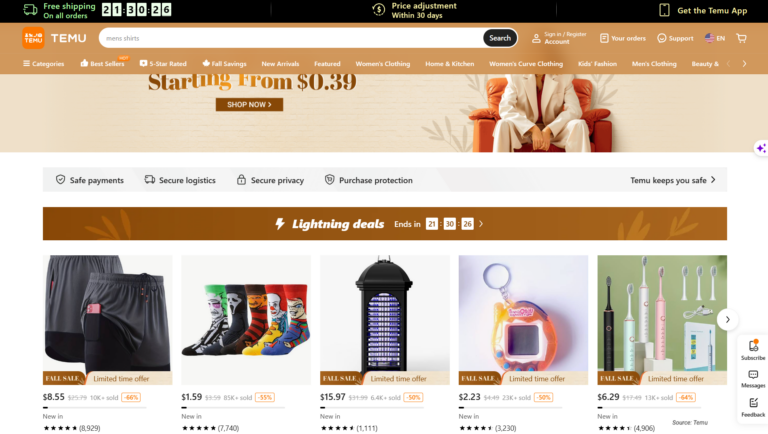Over the past few years, fast-fashion is growing in popularity in China and attracting more and more foreign brands-such as H&M and Zara, which offer Chinese fashionistas low-price stylish clothes. As a result, the average product cycle of fast-fashion brands in China is only 15 days.
Moreover, increasing complaints about the quality have been coming over the last few years. Major fast-fashion brands in China have already appeared to be on “blacklists” several times since they entered the market. This is the result of low prices: producers seek to cut production costs to keep the price level stable.
‘‘Fast fashion’’ is a recently created term, which originally implies a short business cycle period. As long as fast-fashion is designed for the wide public, which appreciates and seeks to follow fashion trends, producers keep themselves informed about recent fashion trends. Generally, after the spring and autumn Fashion Weeks, fast-fashion brands in China, such as Zara and H&M, design and manufacture trends, introduced on fashion shows, very quickly and allow the public enjoying cheap stylish clothes compatible with the most recent trends in China.

For Fast-fashion brands in China, quality is not a priority
However, as it was mentioned before, an increasing amount of extremely low-quality clothes leads to a rise of concerns of Chinese fashionistas . Since Zara entered the market in 2006, it has been blacklisted 16 times, including 2 timed in March of this year. The reasons for why Fast-fashion brands in China do not seek to please its customers are various. The major cause of that is the absence of potential rivals in the market. Local brands are not able to compete with foreign yet in terms of both quality and cost. Even though fast-fashion brands in China are not of the best quality, it is comparatively better than locally produced clothes. Moreover, local fast-fashion brands do not have such experience of tracking trends and manufacturing them in a professional way. Zara is a foreign brand; this is largely appreciated by Chinese fashionistas. . They are happy to have the opportunity to wear trendy clothes manufactured by foreign brands. As a result, the majority of consumers simply neglects the fact of worsening quality and blacklist membership.
Short business cycle and high revenue growth on China’s fast-fashion market
Zara has the fastest business cycle among its competitors in the Chinese market. This is far less than average and accounts for around 10 days; H&M has a business cycle of 20 days, which is twice more. However, it is still extremely fast compared to local producers; whose business cycles can reach 6 to 9 months. According to 2013 market research, its total revenue in China was around US$1 billion, which is 23% more than in the previous year. It currently has 205 stores in the Mainland and has recently opened 74 new branches.
To conclude, China’s fast-fashion market is now booming, with 23% yearly increase in H&M revenue. Being cheap and low-quality, but “foreign” and trendy at the same time, fast-fashion brands, such as Zara and H&M, attract an increasing number of Chinese fashionistas. The blacklist membership due to the extremely poor quality of some units is neglected by customers. How will it change in the future?
Make the new economic China Paradigm positive leverage for your business





